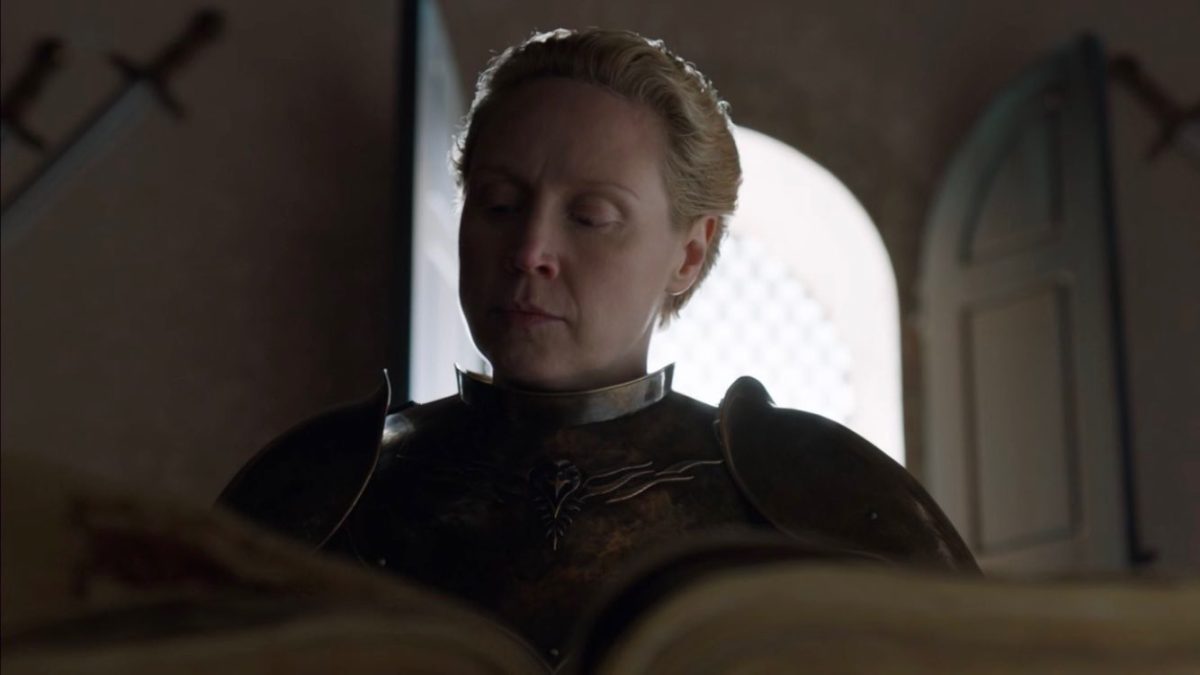Game of Thrones garnered a reputation for shocking audiences over its eight-season run. Although its prequel, House of the Dragon, only has one season under its belt, subsequent episodes will feature some of the most brutal events to ever grace the tomes of George R. R. Martin’s World of Ice and Fire (and that’s really saying something!).
As the Game of Thrones universe continues to expand, various spin-offs are currently in pre-production. These shows will undoubtedly cover some of these events in Game of Thrones history, but they’re still years away. So, for now, let’s take a look at some of the wildest and weirdest events that HBO has yet to adapt to the screen. Be warned, there are spoilers here.
Garth Greenhand is possibly an alien

Martin has delivered his own GRRM-arillion in the form of The World of Ice and Fire and Fire & Blood. Both books are depicted as in-universe documents, which allows Martin to have some fun with the reader. At various turns, Martin makes it clear that the historical record is lacking or may be made up entirely. You’re never entirely sure what’s true and what’s not, and there are some very dubious legends that seem like muddied remembrances of a forgotten — possibly more advanced — world.
Some of these legends, however, may have a basis in the real-life ancient astronaut conspiracy theory. The theory holds that the world had been visited by aliens in the distant past, and that these visitors uplifted humanity. There are actually a few events in-universe that could be interpreted as half-remembered encounters with aliens. Garth Greenhand, the legendary founder of many Houses in the Reach, is said to have had green skin and taught humans how to farm. Garth was also said to have impregnated many women with his supernaturally powerful offspring, most of whom went on to continue his journey of “uplifting” humanity.
Some of Garth’s own abilities are almost parallel to another of Martin’s characters; in Tuf Voyaging, Haviland Tuf is a man who travels through space on a great ship from which he genetically alters and preserves various planets. Fans have pointed out that, while the two characters aren’t necessarily truly linked, they’re clearly cut from the same cloth.
The legendary Long Night
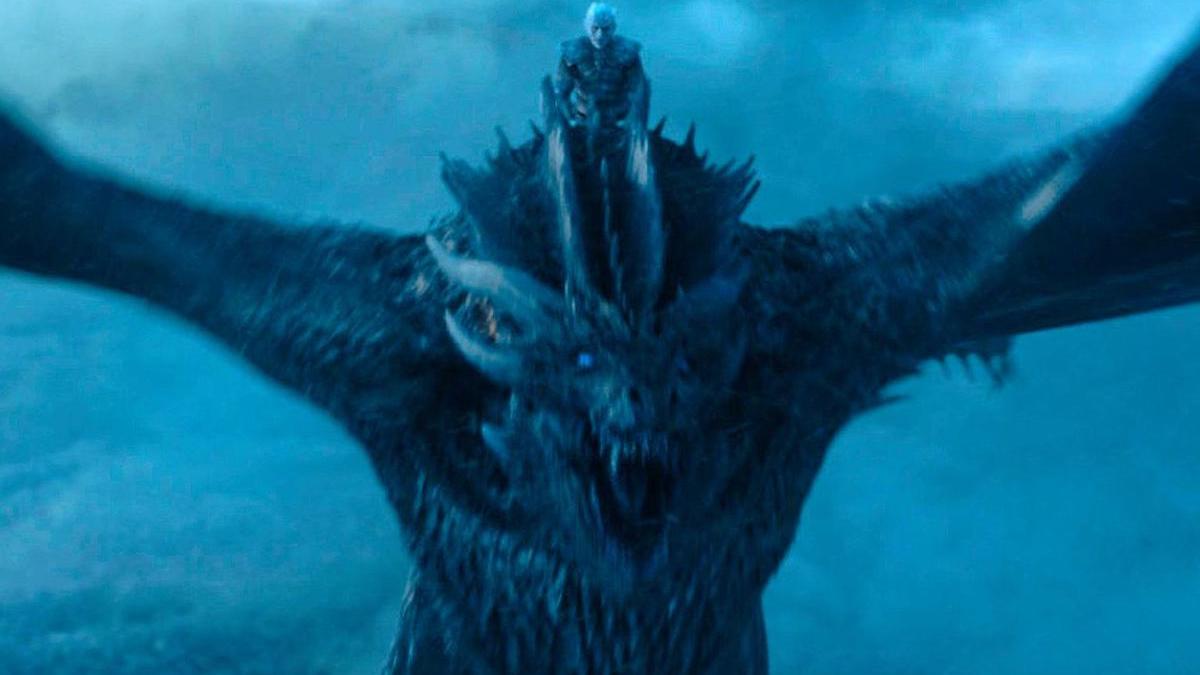
The Long Night refers to a mythical winter that lasted a generation. Viewers witnessed one Long Night in Game of Thrones, but Martin’s tales of the first vastly outweigh the second in terms of horror. The first Long Night was said to be the first time the White Walkers attacked mankind, riding down from the North on the backs of giant ice spiders, which is a visual that could either look incredibly cool or incredibly hokey onscreen.
Snow fell a hundred feet deep. Mothers smothered their babies rather than let them face the horrors out in the night. People were born and lived and died in darkness. The time period was actually going to be explored in a spin-off entitled Bloodmoon, where viewers would learn more about the White Walkers, but it was canceled after filming its pilot.
A Stark marries a White Walker
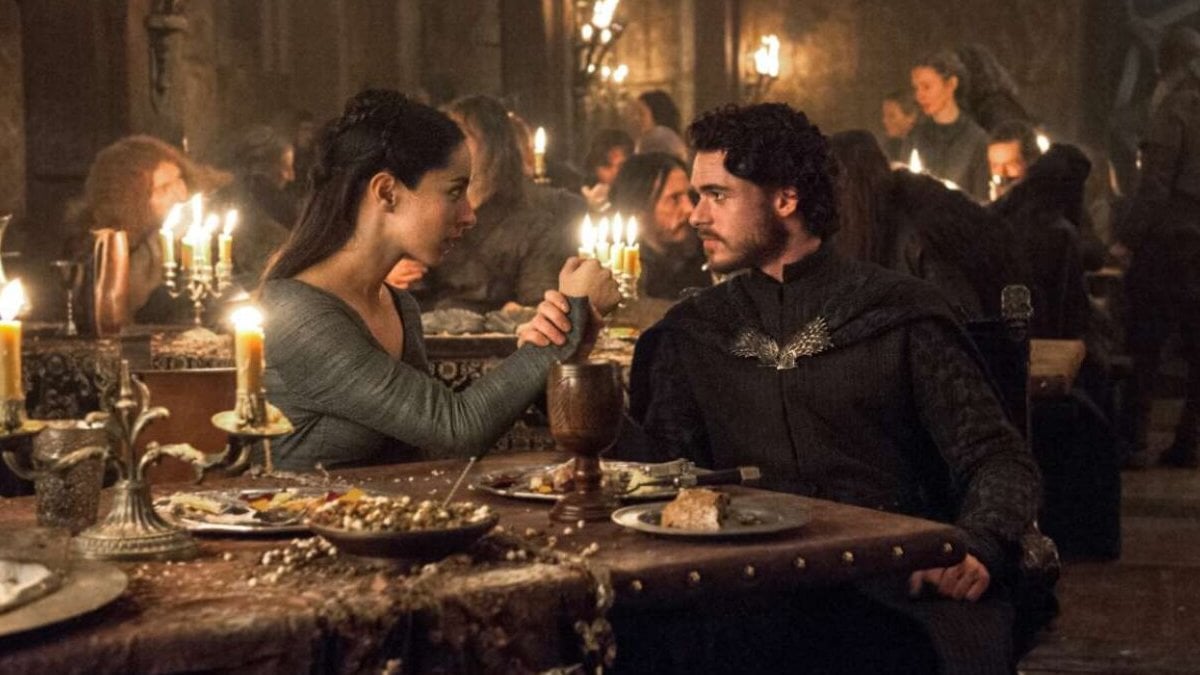
House Stark is often held up as one of the better noble Houses. Considering their competition, that’s a low bar to clear, but they pretty much all exude “grizzled hero” energy. And their sigil is a wolf. Doesn’t get more “I’m the hero” than that.
But they’re rumored to have a hidden, dark past of their own. In fact, if one legend can be taken as truth, then one Stark joined the Night’s Watch, only to fall in love with and marry a woman that’s described along the same lines as a White Walker. Taking the on-the-nose title of the Night’s King, this Stark was eventually brought down by the Night’s Watch, his kingly brother, and a king from beyond the Wall. Weddings just don’t go well for the Starks.
A Valyrian emperor and his entire army disappear
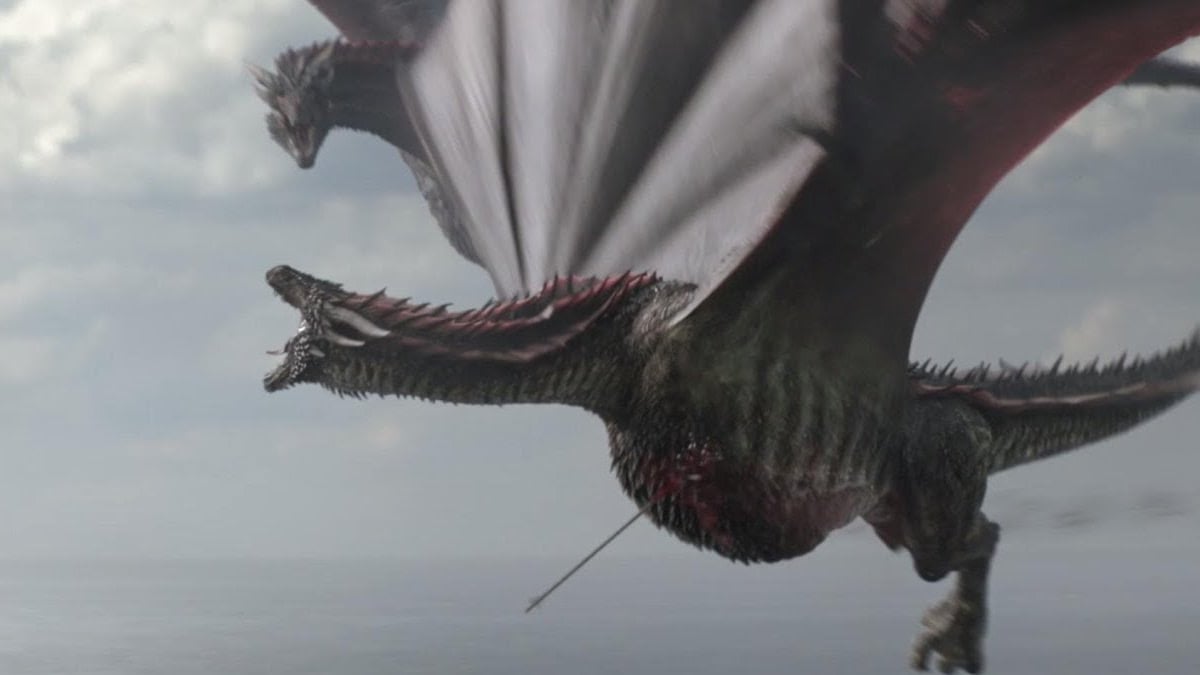
Right after Valyria disappeared in a gigantic volcanic explosion, some of its dragon riders still survived in the Free Cities. One of these dragon riders, Aurion, decided he would declare himself Emperor and re-establish Valyria.
He set off with tens of thousands of men to retake the city and establish order after the eruptions. Marching into a volcanic wasteland turned out to be a bad idea, though, because neither Aurion nor his army were ever seen again.
A Targaryen king manages to be worse than Joffrey
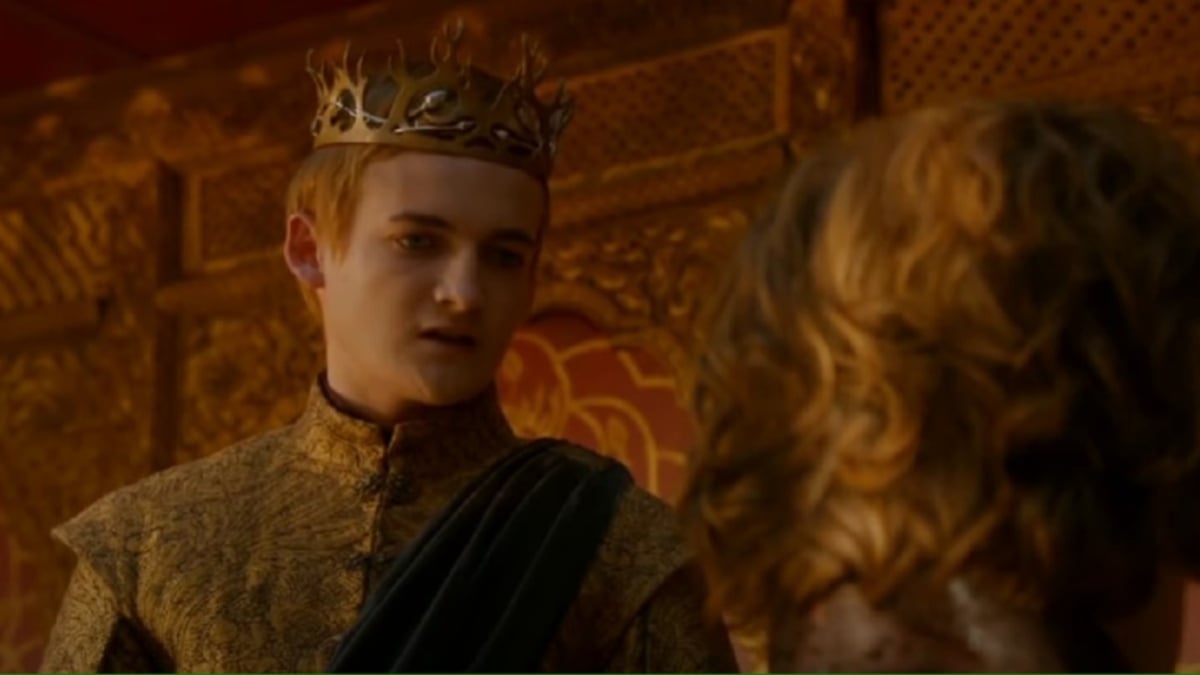
Jack Gleeson’s portrayal of Joffrey Baratheon will go down as one of the finest villainous performances on television. His Joffrey is like a Caligula-in-training — a performance you love to hate. Still, at least Joffrey only had a short reign. Aegon IV Targaryen, epithet “the Unworthy,” had 16 years to corrupt everything he touched.
The man was dedicated to hedonism. Food, money, sex; whatever pleasure caught his eye was one he indulged in. Unfortunately enough, one of those pleasures was making life miserable for everyone else. With his scores of mistresses, Aegon IV fathered many bastards and decided to legitimize all of them on his deathbed, just to spite his son Daeron. This resulted in countless rebellions because the Blackfyres, who descend from one of these legitimized children, would press for their right to rule for many decades. Aegon IV is easily one of the worst kings Westeros has ever had, which, considering his competition, is saying something.
The mysteries of Oldtown
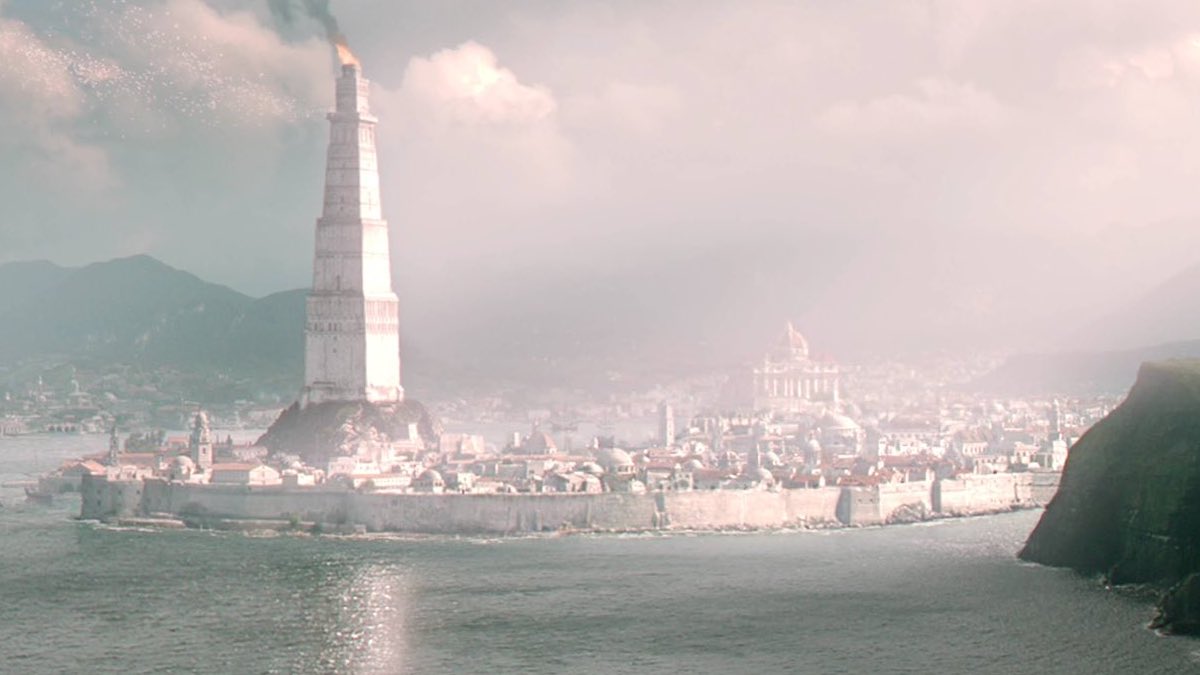
The maesters have, so far, been little more than set dressing for either series. Although some maesters have become important characters, their order isn’t really explored in depth. When the Citadel was explored in Game of Thrones, the ancient secrets of the order were brushed aside. But throughout Martin’s stories, it’s clear that the maesters are hiding something.
In fact, they may be behind the disappearance of the dragons entirely. One character strongly hints that the dragons weren’t killed by knights in shining armor; no, the maesters may have been the ones to do them in. The maesters appear to be staunchly anti-magic, due to its volatile and irrational nature. There are more than a few maesters that pop up throughout Martin’s constructed history, and they nearly always have an agenda on their own. The hidden inner workings of their order are set to take center stage in The Winds of Winter.
The first Faceless Man

Arya’s Faceless Man training dominates a lot of the Game of Thrones narrative, but the origins of the organization haven’t been explored yet in any of the shows. According to Jaqen, the first of their order appeared in Valyria, in one of the sweltering, inhumane mines they operated.
There, the first Faceless Man saw the cruelty of man firsthand. Eventually, he truly became No One and formed a philosophy revering death, viewing it as a gift. “No One” mercy-killed one of his fellow slaves and swore vengeance against his masters. It’s even implied that the organization might have been able to bring down Valyria much later on.
A Targaryen Princess goes rogue
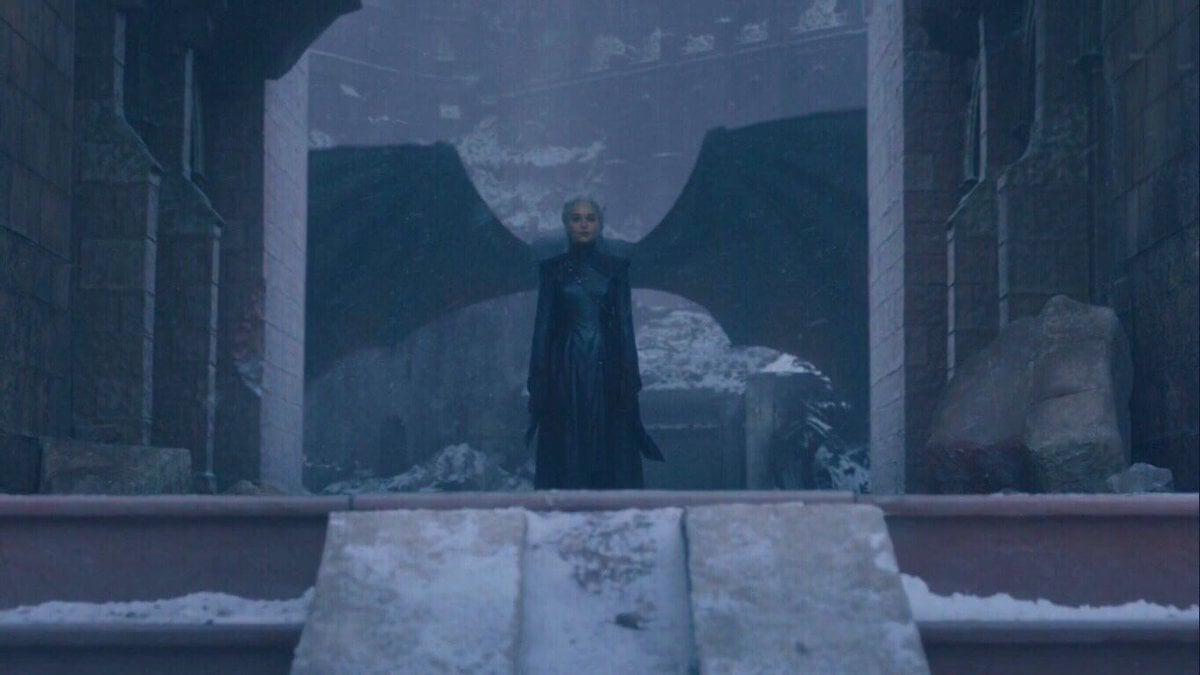
Saera Targaryen was one of the daughters of King Jaehaerys Targaryen. Although he was a great king, Jaehaerys had a rough streak with his many children. Saera had always been haughty and used to getting her way, but when her affairs became scandalous, Jaehaerys punished her by sending her off to the faith.
Saera Targaryen lasted a while there, but she eventually escaped and fled across the sea, into effective exile. Saera didn’t let that get her down, though, eventually opening her own brothel and becoming a famed courtesan. She never reunited with her father.
The Last Hero loses everything to save everyone

The Last Hero is a legendary figure in the North. It’s said that he, along with 12 companions, set out to find the Children of the Forest during the Long Night. Before the journey was over, the Last Hero would lose all 12 of his friends, with each of them dying along the way to attacks from giants, wights, and even White Walkers.
The Last Hero does find the Children of the Forest, forms the Night’s Watch, and defeats the White Walkers, although the particulars of the story are effectively glossed over. Given what few details are given about the Last Hero, it won’t be a stretch to assume the actual events of the story were incredibly important to the Game of Thrones world, and that makes this a story that could potentially be told someday.
If it is told, though, it’ll likely be full of the same nuance that Martin’s known for. Martin has a penchant for exploring man’s cruelty. So many of his stories deal with true horror lying within the human soul; it’s a recurring motif in his Thousand Worlds universe as well. In fact, George has previously quoted William Faulkner, “The only thing worth writing about is the human heart in conflict with itself,” in order to explain his writing ethos.
That’s what makes the world of Westeros so fascinating. These characters don’t do what they do because they’re evil (well, not always, some characters really are just plain bad), but because they’re completely, utterly, hopelessly human.

